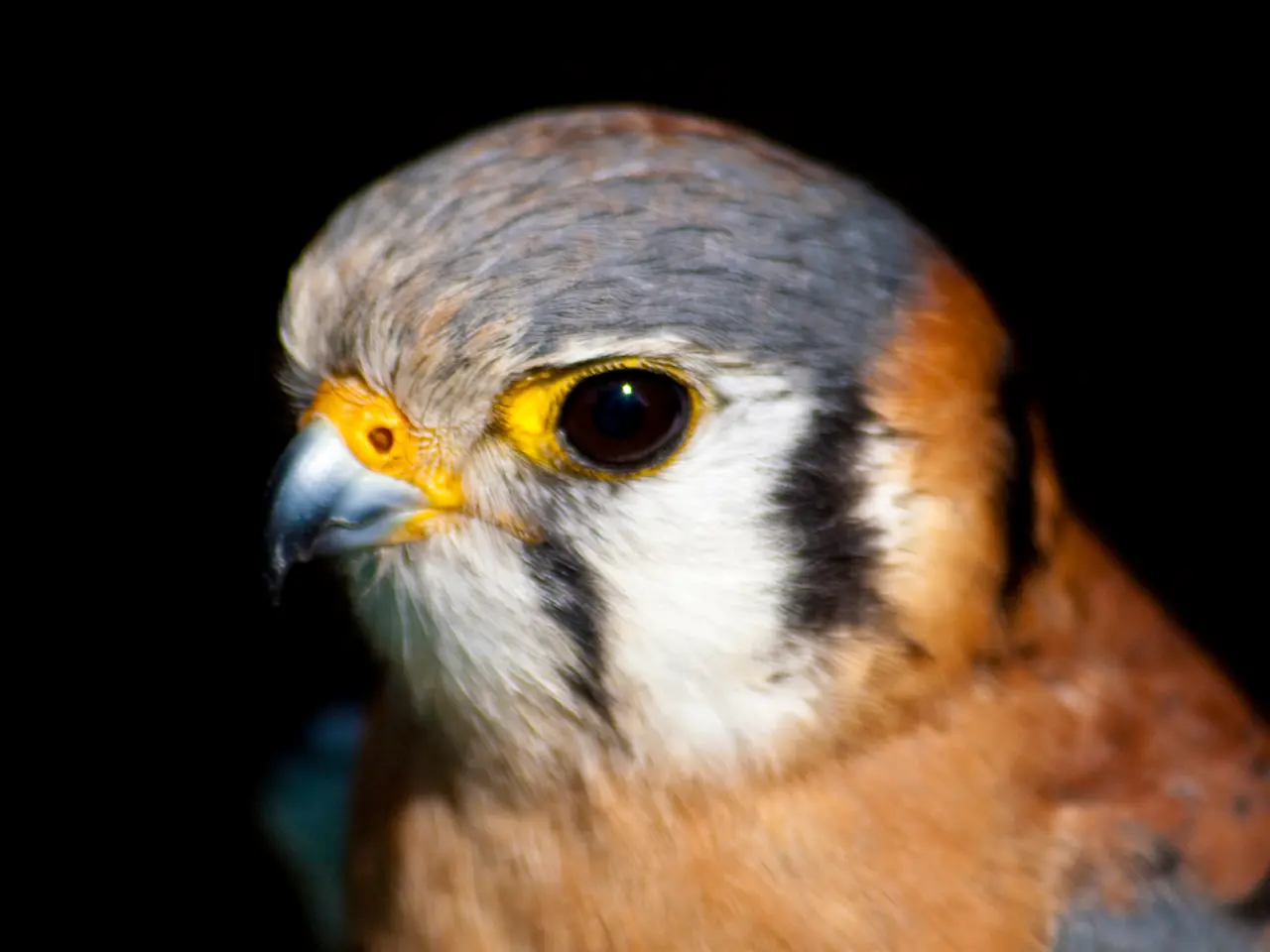Soaring popularity of birdwatching vacations, but not every location offers the same thrill
In a groundbreaking study, researchers from the University of California, Santa Cruz have delved into the growth of birdwatching tourism across 155 countries over the past decade. This research, which used data from the eBird app, has shed light on the factors influencing this burgeoning sector within nature-based tourism.
One key finding is the significant role of total bird biodiversity in attracting birdwatching tourists. Countries such as Mexico, Costa Rica, Peru, Brazil, Ecuador, Australia, and other tropical nations, renowned for their rich avifaunas, have seen a surge in birdwatching tourism. However, countries like Guyana, Suriname, Laos, and certain African nations, including Venezuela, Democratic Republic of Congo, Bolivia, Madagascar, and Papua New Guinea, have had disproportionately low tourist numbers compared to their high numbers of unique bird species.
The researchers also found that the number of small-range bird species plays a significant role in attracting birdwatchers. These species, which are often rare and difficult to spot, add an element of excitement to the birdwatching experience, making them a major draw for tourists.
The study also evaluated the impact of sociological and ecological factors on the rise of birdwatching tourism as a slow tourism trend. The Human Development Index and the Global Peace Index were identified as factors influencing birdwatching tourism. Safeguarding tourism safety within specific tourism areas designed for birdwatching tourism is equally important to attract and retain tourists.
In addition, the eBird app, a technological novelty that allows birdwatchers to recognise rare bird species and connect with other birdwatchers globally, has played a crucial role in boosting birdwatching tourism. Developing adapted birdwatching tourism infrastructure is also important to attract tourists and ensure their comfort and safety.
Birdwatching tourism supports fragile wildlife and local communities, making it a sustainable and beneficial form of outdoor travel. The trend has been growing steadily over the past few decades, with tourists worldwide showing increased interest in birdwatching tours.
Colombia and South Africa were top birdwatching tourism destinations between 2010 and 2022. However, the study highlights that many countries, including those with high numbers of unique bird species, have not yet fully capitalised on this opportunity. Subsidies and wildlife conservation also have a role to play in boosting birdwatching tourism, as they can help preserve the fragile ecosystems that these rare bird species call home.
In conclusion, this research provides valuable insights into the factors driving birdwatchers' decisions about which country to visit when they travel for birdwatching tourism. By focusing on multiple factors influencing birdwatching tourism, countries can boost their numbers and benefit economically and conservation-wise from the growth of this sustainable tourism trend.








